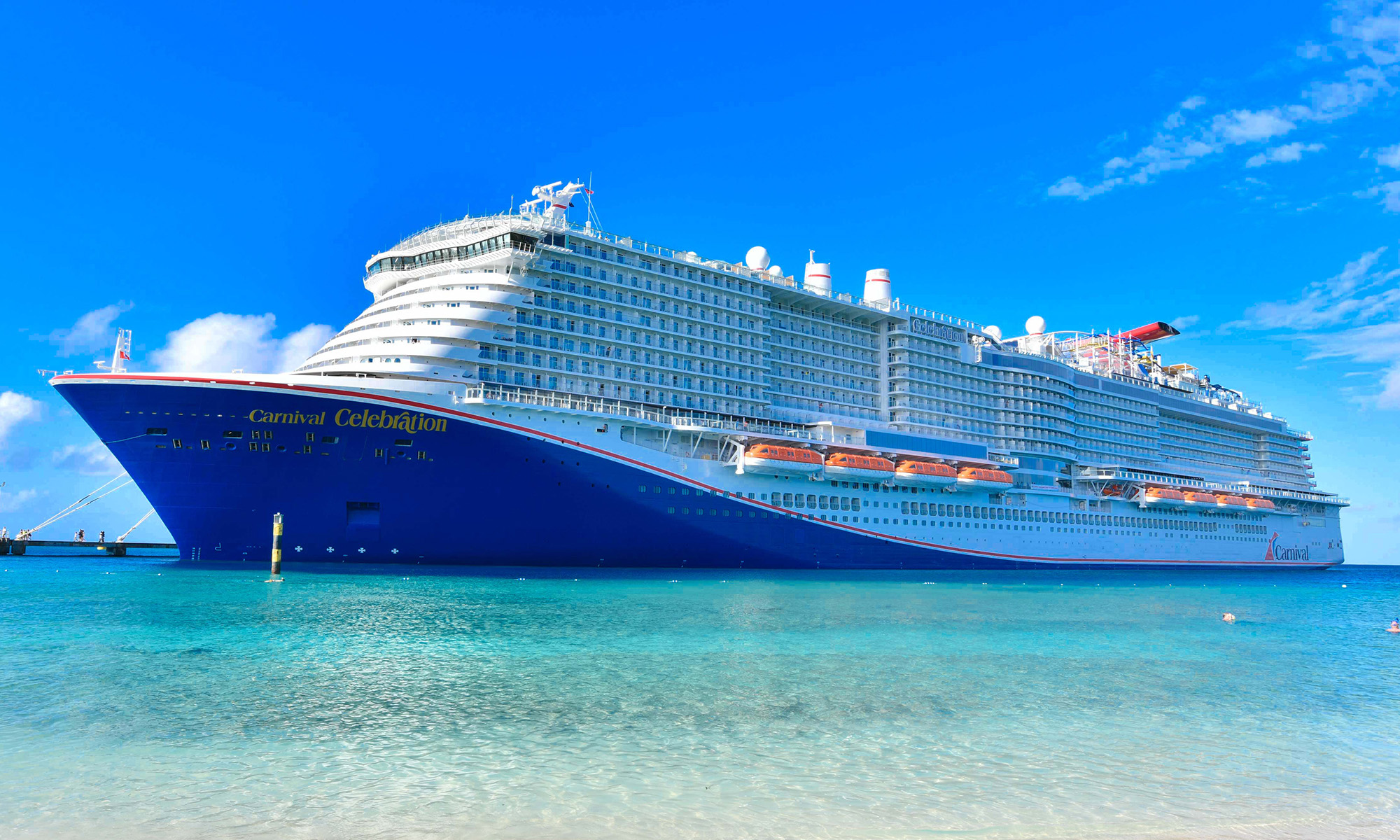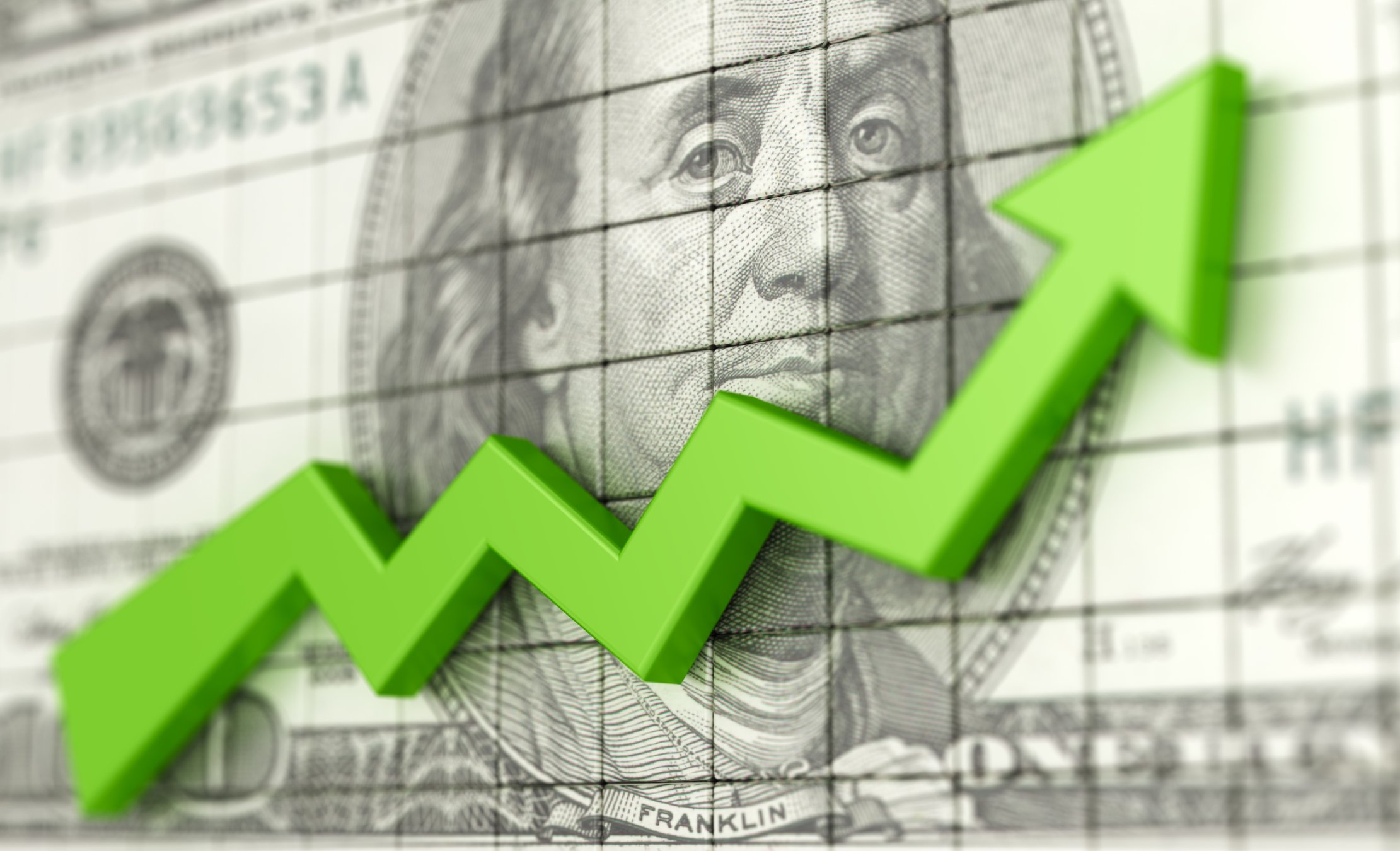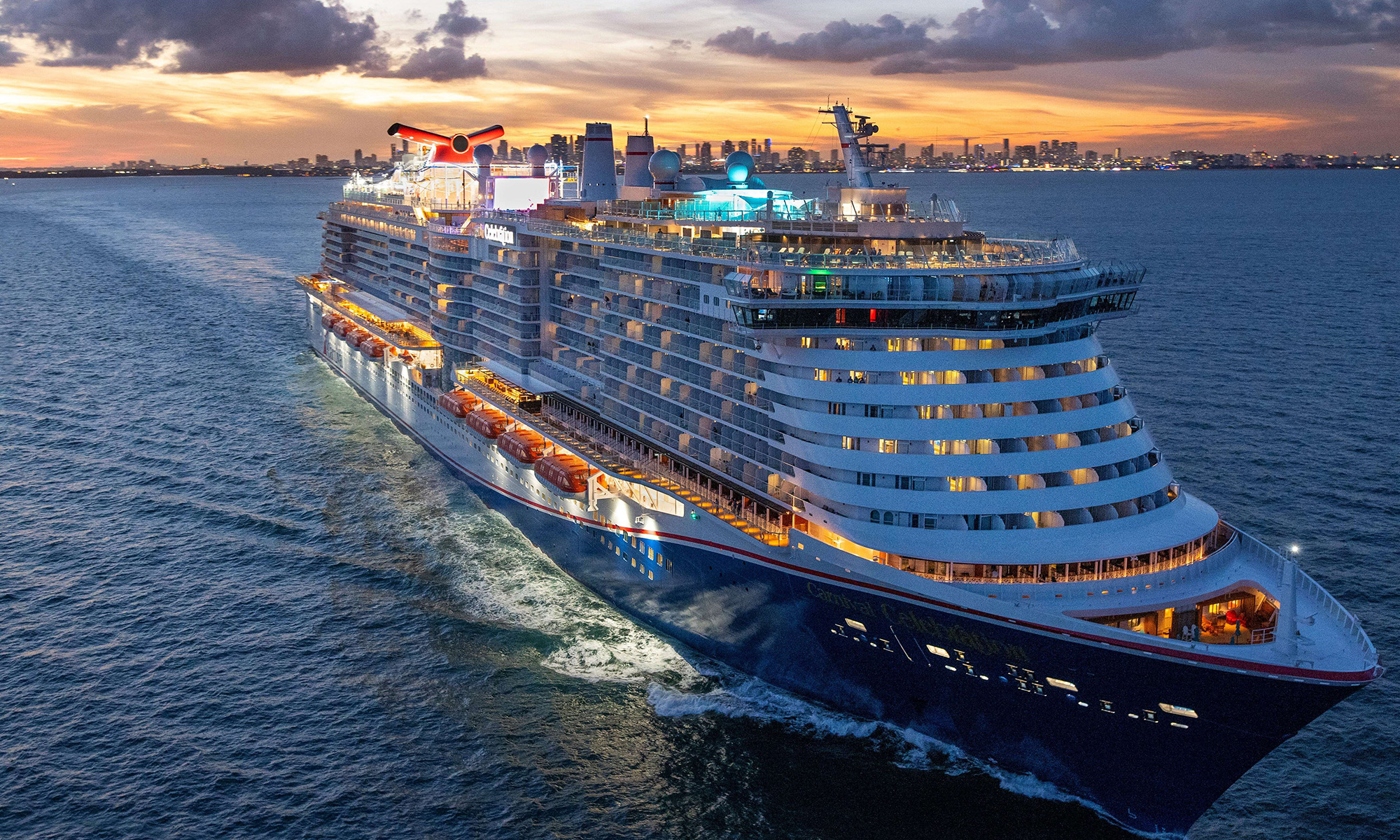Since it's up more than 20% from April's low, interested investors might be a bit wary of stepping into shares of Carnival (CCL 0.66%) at this time. That's a tough act to follow, after all.
If that's the reason you're not diving into a stake in this leisure cruise company, though, you might want to reconsider your decision. This stock's still down nearly 70% from its pre-pandemic peak, leaving plenty of room -- and reason -- to keep moving higher.
Out of the frying pan, into the fire
Carnival is, of course, the world's biggest (and one of its best-known) cruise brands, although the company also owns Princess and Cunard leisure cruise lines along with a handful of others.
It almost doesn't need to be said that the COVID-19 pandemic dealt a massive blow to the company -- and the stock. The industry was outright shut down for several months in 2020 and 2021, yet many of its bills kept coming in. Carnival roughly tripled its long-term debt load to $28.5 billion in order to survive the challenging circumstances. That's a big part of the reason shares are still priced right around where they were when the pandemic was in full swing in mid-2020.

NYSE: CCL
Key Data Points
There's a light at the end of the tunnel, however. Carnival has reported that it's operating at full capacity for several quarters in a row. It's not just selling accommodations at deeply discounted prices, either. Its fiscal first-quarter revenue of $5.4 billion was once again record-breaking. Demand for cruises has been so persistent of late, in fact, that for the first time in five years, the company's ordering new boats in order to add capacity. This streak of growth is the crux of the reason shares are not only 20% higher for the past two months, but up by more than 140% from their late-2020 low.
The only problem? The economy's now running into a headwind, taking a clear toll on consumer spending.
But maybe it isn't.
Unlikely (but understandable) resilience
Oh, more than a few economic red flags are waving, to be sure. Take the U.S.'s credit card debt as an example. It's now at record-breaking levels well in excess of $1 trillion, with delinquencies on this debt rising again in the first quarter of the year. Meanwhile, total household debt (reflecting what's owed on mortgages and car loans) also grew in Q1. Even loans on peoples' 401(k) accounts are on the rise, reaching a two-year high late last year. All of it suggests that people are increasingly cash-strapped, feeling the effect of rampant, prolonged inflation.
The funny thing is, the backdrop doesn't appear to be stifling leisure travel spending.
As was noted, Carnival is handling capacity crowds. It's also charging higher prices, and getting them! It's got such strong pricing power that the company's even confident enough to commit to the cost of a couple of new ships. Never even mind the fact that Carnival upped its full-year profit guidance with March's Q1 report.
Except, perhaps that's as it should be.
Economic challenges aside, the cruise business is still going strong, and will likely remain strong into the near and distant future. The Cruise Lines International Association predicts the industry's total passenger count is set to swell from last year's 31.7 million to 39.7 million by 2027. In a similar vein, market research outfit Technavio says the cruise tourism industry's revenue is set to grow at an annualized pace of 12.1% through 2028.
Credit the affordability and variety of cruising, mostly. While not dirt cheap, leisure cruises remain one of the world's most affordable vacationing options, with a wide variety of destinations. That's important given the soaring costs of, well, almost everything else.
Carnival stock may still be undervalued, and underestimated
Carnival is more than well-positioned to capitalize on this impending growth. Indeed, the market may actually be underestimating the growth in store for the company.
The graphic below tells the tale. While this year's projected sales growth of nearly 15% extends the post-lockdown recovery, this growth is also expected to slow to a crawl beginning next year.

Data source: StockAnalysis.com.https://stockanalysis.com/stocks/ccl/forecast/ Chart by author.
This consensus outlook doesn't quite jibe with the outlooks of Technavio and the Cruise Lines International Association, though. Even if the current growth in the company's pricing power abates from here, it's not apt to reverse course in the way analysts are collectively suggesting.
There is one matter everyone does seem to agree on, however. That's profit growth. Extending last quarter's swing back to profitability, the analyst community is calling for double-digit earnings growth every year all the way through 2028.
That still won't push the cruise company's per-share profits back to its pre-pandemic levels. The additional debt taken on since then is cheap. It's costing Carnival roughly $500 million per quarter. That's a lot for an company of this size, particularly when it's still rebuilding.
Carnival's results are on an encouraging trajectory, though, and the stock's still priced well below its pre-pandemic levels -- and priced 20% below analysts' consensus price target of $20.90. And speaking of analysts, of the 25 following it, 19 of them rate it as a strong buy.
So, no -- it's certainly not too late to buy Carnival stock.





